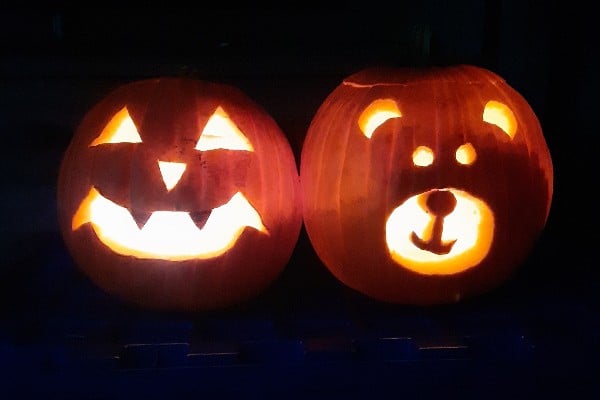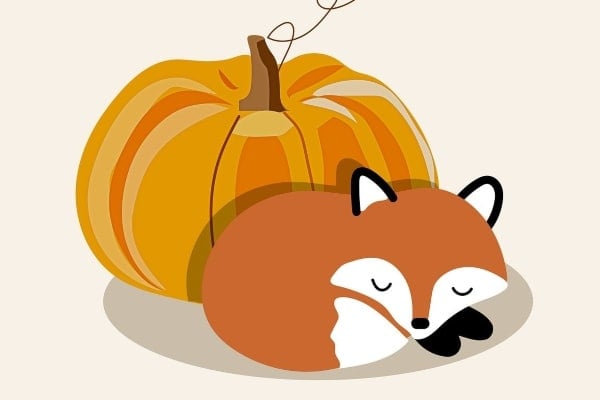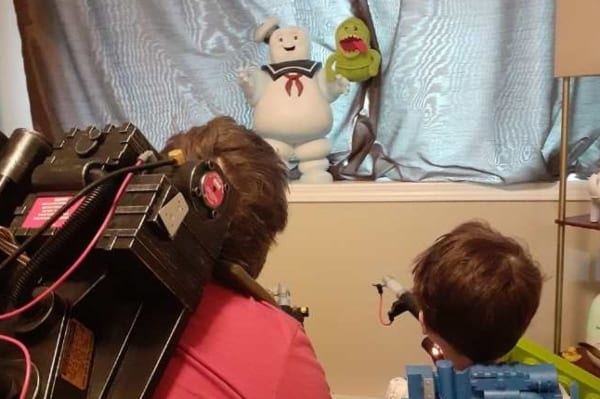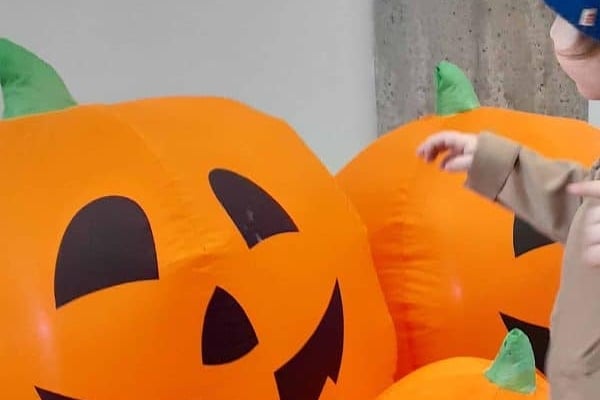Jude Griebel’s first book, Footsteps in The Macaulay House, deals with a favourite Dawson City topic — ghosts.
The Vancouver-based painter and sculptor first heard spooky stories about the house, located on Princess and 7th Avenue, in 2003 from a former resident who had stayed at The Macaulay House as part of the artist residency program of the Klondike Institute of Art and Culture (KIAC).
Griebel, who was raised on ghost tales by his grandfather and uncles, took immediate interest.
“At the time, I was exploring ways to incorporate imagery and motifs from these tales into my work,” says Griebel. “My work has continually focused on the interplay between the imagination and the physical world, and depicted instances in which these two spaces overlap.”
“I became interested in the mythology of the Macaulay House and wanted to combine the history of the house, the stories of the past residents, and my own visual images, in the format of a book,” he says.
The Macaulay residence has a long history of transience, says Griebel. Henry C. Macaulay, the first mayor of Dawson City, had the structure built in Victoria, disassembled, and shipped to the Yukon by boat as a home for his family.
After several private ownerships, the house became the property of the Yukon government, which used the building as a home for troubled youth. One of its inmates was the young Daniel Hummel, later convicted for murder.
Parks Canada purchased the house from the territorial government, and now leases it to KIAC.
After Griebel’s proposal for a book was accepted by KIAC, he came to Dawson in 2007 to live in the house and started corresponding with past residency artists. Some were still too disturbed to share their stories, but many artists wrote back. Griebel includes these letters in his book.
Two commonly referenced sites of supernatural presence in the house are the staircase and the larger of the two upstairs bedrooms.
The artists told Griebel of figures passing through them while they stood on the stairs and figures that would come into the large bedroom at night and hover or crouch by the bed.
One artist saw “shadow-like things” outside the corner of her eyes and felt an incredible sense of melancholy while there.
Some artists said they didn’t see any ghosts but felt observed, or uneasy about the place.
Another wrote that the house was not for sleeping, as there was “definitely an anxiety about the place.”
Current artist-in-residence Justin Apperley has heard the stories, but still isn’t sure he believes in ghosts. He did choose the smaller bedroom though, “just in case.”
He has been in the house alone for more than a month and hasn’t seen anything, but he says he does feel a presence when it’s dark.
“It’s kind of freaky,” he says. “I have to turn on the lights to feel comfortable.”
Griebel didn’t see anything either, but he does have a story to tell.
While working upstairs one evening, headphones on, he looked up to see the doorknob of the studio door slowly turning.
“The door opened and an elderly lady was standing there, speaking, but I couldn’t hear her,” he says. “I took the headphones off and turns out it was a local woman who I didn’t hear knocking, so she walked right into the house to remind me that I had forgotten about the senior’s painting class that I was supposed to teach that night.”
Not quite a ghost story, laughs Griebel, but startling enough to have scared him at the time.
In the end, Footsteps in The Macaulay House, which was published in 2008, is not sensational or conclusive about ghosts, says Griebel.
“I just wanted to bridge personal imagination and local history and visualize what was sensed and what was invisible.”




